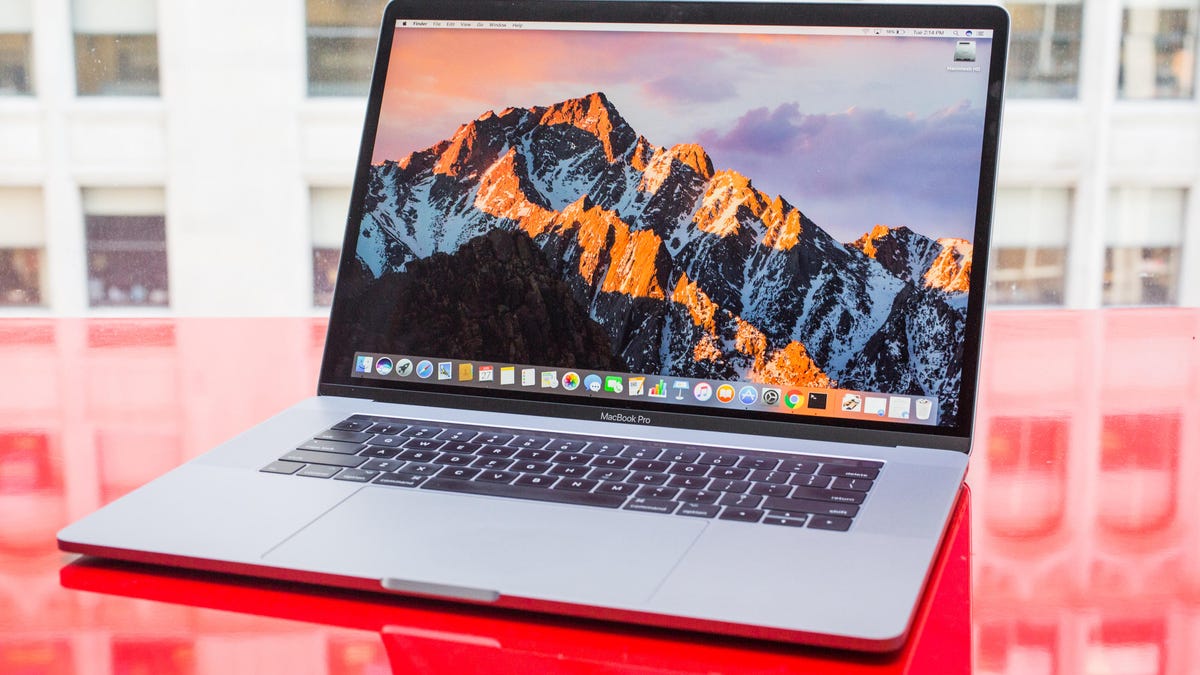Re: How about a pocket / hand held RPL calc?
Message #35 Posted by Mark Harman on 28 Jan 2011, 1:12 p.m.,
in response to message #34 by Raymond Del TondoRaymond, First of all, I agree with you regarding the amount of memory for the 30b. However, if you even try to extend the function set on the 17bII+ using the Solve function so that it is in parity with the 30b, I think you will find that you will that either 32k will be insufficient or that it will use up most of the memory since Solve programs are memory intensive. I believe It takes 2.5k just to input the 17bII+ function for Black-Scholes into Solve. I think the fact that the 290 bytes remaining for programming on the 30b can make for extremely useful programs that are in addition to the already huge function set says much of the economy of the 30b. One of the things that I want you to understand though, is that the memory of the 30b is based on the properties of the Atmel Arm 7 processor, which is a full system on a chip. The memory, ROM, RAM, processor, and display controller are all in one place. I believe HP made a conscious decision to use this chip to reduce the number of parts thereby reducing the chances for something to go wrong. I think it was a good design decision, albeit short on RAM. Also, of course the 30b has an OS. How else would it operate? Housing and display are subjective. Glare hasn't been too much of a problem for me with the 30b. Maybe it will bother someone else. The same debate rages on in notebook computer land. I happen to like the level of contrast on the 30b. Plus, I like the way the menus within the 30b function. I've used the 17bII+ and the 42s. The paradigm is nice, but the 30b works well and is easy to use, also. The case has never bothered me. I find it to be rather comfortable. Everyone I know who has handled my 30b has really liked the design and feel of it. Notice how all these points are highly subjective? You make changes to any of these things and there will be a group of consumers that will disapprove. In designing something, one can't satisfy 100% of the market in every way possible 100% of the time. Not everyone can be pleased. Hard decisions have to be made and the designers have to live with the consequences of their design choices, for better or worse. In my case, it was for better and in your case it was for worse. Regarding your 'redesign' idea at the end: 'Defensively Shaped' housing: Okay, I suppose rounded edges wouldn't be a bad thing. But I don't mind the current design. In fact, I really, really, like the current design. I find it rather comfortable and I made no modifications to it make it such, either. Non-glare display: The current display doesn't bother me - but, sure, a non-glare one wouldn't be too bad. The display window on the current model, however, prevents the display from being easily damaged and with no gap between the window and the body, there is less chance of dust getting into the display. The window is too far from the display itself to make it matte. It would look too fuzzy since it is above the display. It has to be right against the display itself for any clarity. Therefore, for your idea to be implemented, the display would have to be similar to the 20b. I think HP was trying to move away from that design intentionally. More RAM: Agree completely. However, that would require off-die ram and additional programming to access the RAM - this adds complexities, possible complications, more need for bug testing, et cetera ... An easier way for data exchange: Maybe. I really can't see the need. If I need transmittable output, I certainly am more apt to use Excel than a financial calculator. Still, perhaps you can elaborate on the different uses for such a feature. Easier way to update the OS: Really, it isn't that hard. There is a 6-pin serial Pogo jack in the back right below the 2 CR2032 batteries. You just need a special serial cable with a reset button and an erase button and the software to send the updates to the calculator. For anyone who wants this stuff, it can be had. Regards, Mark | 
